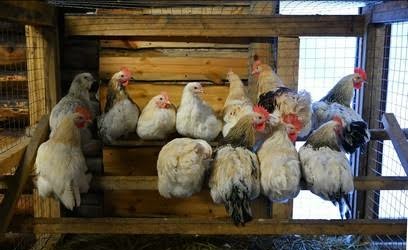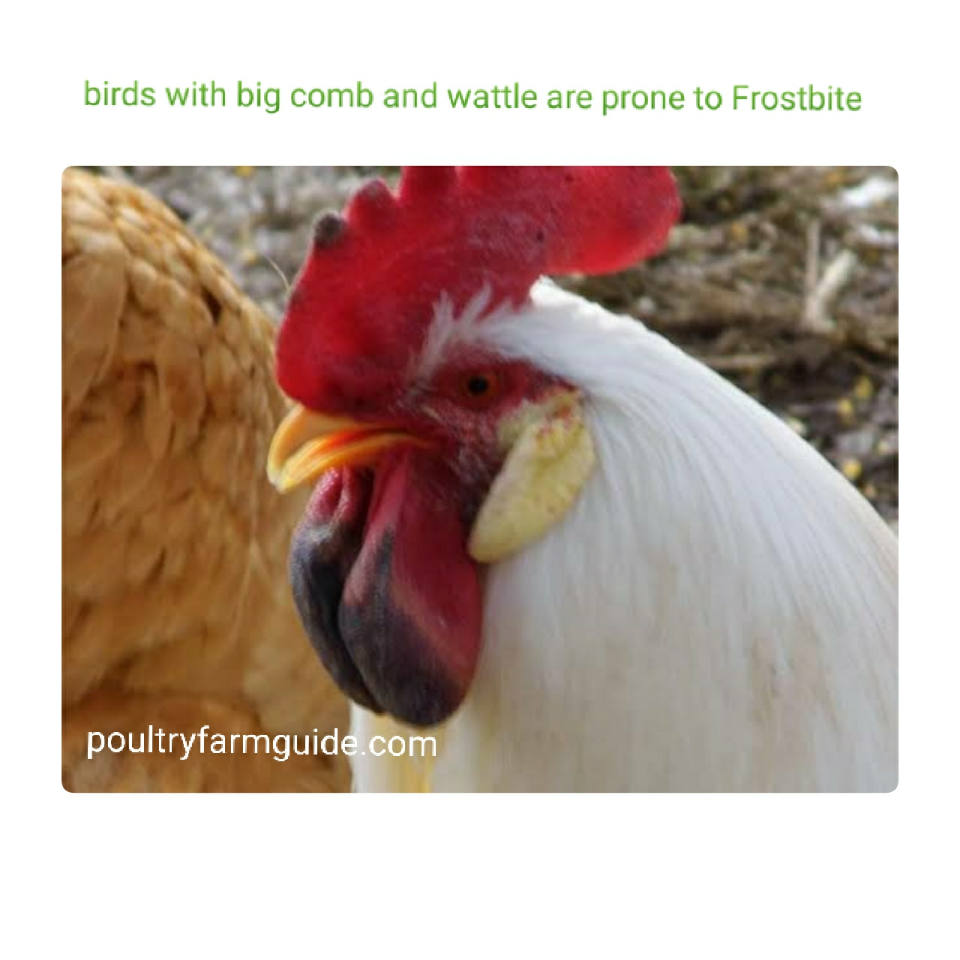As winter draws near, finding ways to shield your flock from the elements can be tasking- especially for backyard chicken keepers who don’t keep on a large scale.
Despite the hard nature of birds, if they aren’t kept warm enough laying chickens will stop producing eggs, while weaker members of the flock will become susceptible to disease and may find it difficult to recover in the cold weather if it eventually falls sick.
While some chicken keepers use heat lamps to keep their coops warm, these come with the risk of starting fires if they get faulty or aren’t properly maintained.
Here are seven steps to help ensure your birds are protected from cold weather.
1.Reduce Draft in your Chicken Coop
Wind cold can increase the rate of heat loss from your chicken coop. Because of this, as it gets closer to sunset you need to make sure any air leaks are sealed well. If your coop is new you shouldn’t find many holes or cracks, but if it’s more than 5 years old then chances are that parts of it will have started to rot and will need to be replaced or patched.
The less stressful and affordable way to repair the holes is to screw a cut-to-measure piece of plywood over the hole. As long as your vent is functioning properly (see below), all the other cracks in your coop should be sealed to stop the temperature from dropping too quickly.
2. Keep your coop well ventilated

I assume you shouldn’t have any large holes in the coop to let cold air in, you also have it in mind not to reduce the airflow too much, as this will lead to serious problems like ammonia build-up. To prevent this you should make sure you have a suitable ventilation system in place.
Vents should be placed up near the roof of the coop, where the cold air isn’t able to flow directly onto your birds. By venting out the warm, moisture-filled air and replacing it with cooler, drier air, you will be able to adjust the humidity down and prevent mold from growing in your chickens’ bedding.
Favorably, your mesh vent will have a hatch that you can open and close. This way, you will be able to adjust the vent coop during the day and close it up in the evening when it’s colder, or during periods of specifically heavy rain.
Also read: How to hatch chicks naturally at your backyard farm
3. Make Use of the ‘Deep Litter Method
The Deep Litter Method is not only a sustainable way of managing the litter in your chicken coop, but it can also be useful for isolating your flock during cold weather. To begin with, simply layer pine shavings or similar organic matter over the floor. Instead of cleaning or replacing the waste your chickens accumulate, all you need to do is turn up the bedding with a light rake, and allow the natural movement of your flock to do the rest.
If it’s made properly, and frequently topped up with pine shavings, the litter will begin to form a compost layer that welcomes good microbes in and allows them to consume the unhealthy bacteria in the chickens’ waste. It helps to insulate your chicken coop in the winter months and prevents lice and mite infestations and be a far simplest way to manage waste.
.
NB: You mustn't use cedar shavings, as these can be toxic to chickens.
Also, read 40 Facts about chickens that will blow your mind!
4. Make use of sunlight heat
The days may be shorter in winter, but you can still use sunlight to trap heat during the day and help the coop stay warmer for longer during the darker hours. Well-insulated windows can act as a sun trap, especially if you have a dirt or dark slab floor, or if you make use of the Deep Litter Method.
Increasing the amount of ‘thermal mass’ your coop contains will also allow it to retain heat for longer. ‘Thermal mass’ is a measure of how well a material absorbs heat for later release. The more thermal mass you have into your coop, the more steadily it will release heat after the sun has settled down. Materials like the compost floor, stone, or even concrete will retain more heat during the day, and release it throughout the night.
5. Ensure your chickens can roost

Making sure your chickens can roost is vital if you want them to stay warm, as chickens naturally roost together and will fluff up their feathers to keep themselves snug. As a general rule, your roosts should be built at least two feet off the ground. Having access to a roost that’s above the floor makes them feel secure, and keeps them out of contact with the cold ground, and the harmful effect of ammonia gas.
In winter it’s more vital than ever to make sure all of your chickens have space to roost comfortably. To ensure this, check on them in the evening with a torch lamp. If one is on the ground then there’s obviously not enough space, and the roosts will need to be expanded. Roosts should be built at least two feet off the ground, and wide enough for them to balance well.
Also read: Chicken First Aid Kit: What do you put on a Chicken Open Wound
6. Make them a sunroom
Although it’s more comfortable to keep your birds locked away from the cold weather totally, your flock will benefit from being able to move around more freely. To create more space, you can build a ‘cold frame’ or greenhouse-style addition to your coop, and cover it in clear plastic to keep them sheltered from the worst of the weather.
By so doing, your chickens will have plenty of space and fresh air, but will still be protected from the wind, rain, and snow.
7. Protect against frostbite

In the coldest months or during harsh weather, birds with large combs and wattles may be more prone to frostbite. To give them additional protection, you can coat their combs and wattles with petroleum jelly to keep off the worst of the cold.
Adhering to these steps should ensure that your birds remain happy and healthy throughout the winter months. With proper management of the coop and proper attention paid to your flock, you can ensure that your birds remain cozy and keep producing eggs, irrespective of how cold it gets for the rest of us.
Need a website or other IT services? Visit our website!
Share on Twitter Share on Facebook
Comments
There are currently no comments
New Comment